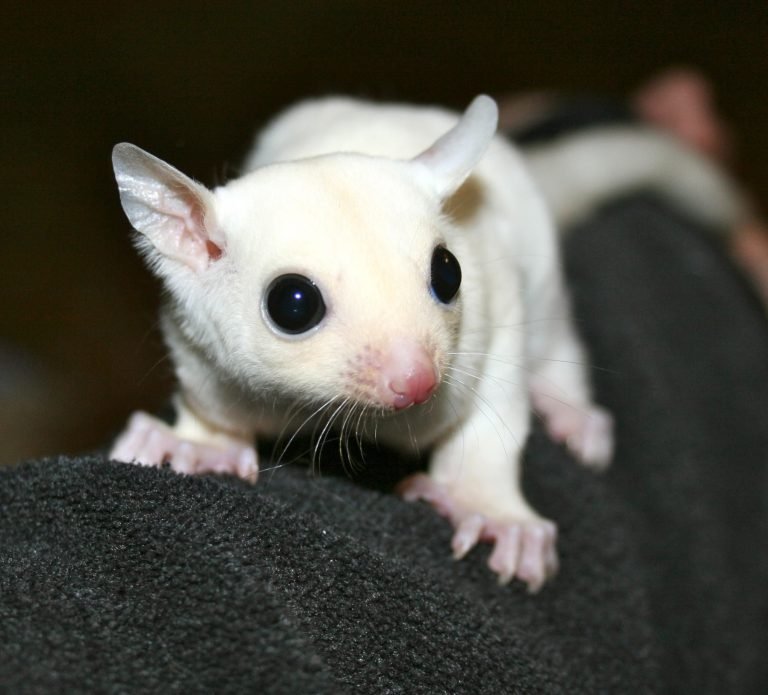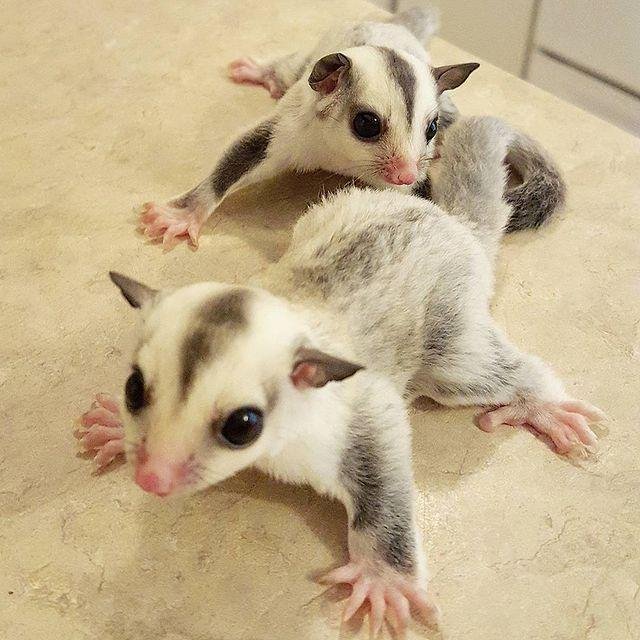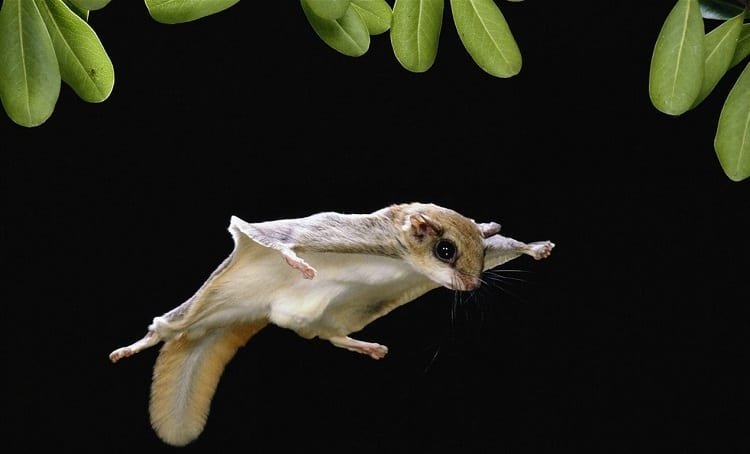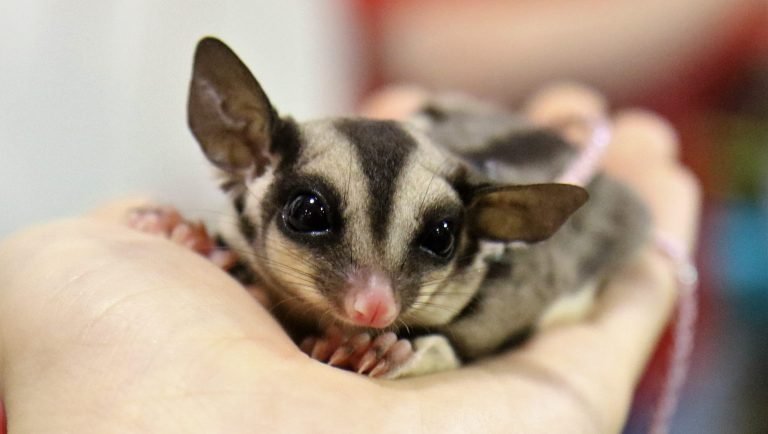Degloved Cat Tail Tip
What is a degloved cat tail tip?
A degloved cat tail tip refers to an injury where the skin and fur are forcefully separated from the underlying tissues, exposing the raw flesh underneath. This condition can occur due to accidents, fights, or trapping incidents where the tail gets caught and pulled, resulting in severe trauma to the tail tip. It is a painful and distressing condition that requires immediate attention and veterinary care.
Causes of degloved cat tail tip
There are several potential causes for a degloved cat tail tip:
1. Accidents: Cats are agile creatures, but accidents do happen. They may get their tail caught in a door, window, or other closing mechanisms, resulting in a degloved tail tip.
2. Fights: Cat fights are not uncommon, especially if there are multiple cats in a household or in outdoor environments. During a fight, a cat’s tail can be forcefully pulled or bitten, leading to deglovement.
3. Traps: Outdoor cats can sometimes get caught in traps set by people for various reasons. These traps can cause severe injuries to the tail if the cat tries to escape by pulling its tail free.
4. Tail wagging injury: If a cat’s tail is wagged too forcefully or is accidentally stepped on, it can lead to deglovement. This is more common in households with small children or other pets.
Symptoms of a degloved cat tail tip
If your cat has a degloved tail tip, you may notice the following symptoms:
1. Visible raw flesh: The most apparent sign is the exposed raw flesh at the tip of the tail. The stripped skin and fur may be hanging loosely or completely absent.
2. Bleeding: The wound may be bleeding, although it’s essential to note that sometimes the blood flow may be minimal due to blood vessels constricting in response to the injury.
3. Pain and discomfort: Cats are likely to show signs of pain, such as vocalizing, behavioral changes, or aggressive behavior when their tail is touched or if they attempt to move it.
4. Swelling or inflammation: The tail tip may appear swollen or inflamed due to the trauma and subsequent tissue damage.
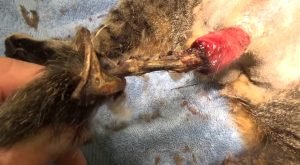
Treatment options for a degloved cat tail tip
A degloved cat tail tip requires prompt veterinary attention and appropriate treatment to prevent infection, promote healing, and alleviate the cat’s pain. Here are some common treatment options:
1. Wound cleaning: The wound will need to be thoroughly cleaned to remove any debris, dirt, or bacteria that may have entered the exposed tissue. Your veterinarian will use an antiseptic solution and gentle techniques to clean the area.
2. Pain management: Depending on the severity of the injury, your vet may prescribe pain medication to help alleviate your cat’s discomfort during the healing process.
3. Antibiotics: To prevent infection, your veterinarian may prescribe a course of antibiotics to combat any bacteria that may have entered the wound.
4. Tail amputation: In severe cases where the degloved tail cannot be saved or if the damage extends further up the tail, your vet may recommend a partial or complete tail amputation. This is done under anesthesia and ensures the removal of the damaged tissue to promote healing and prevent further complications.
Preventing degloved cat tail tips
While accidents can happen, there are measures you can take to reduce the risk of your cat experiencing a degloved tail tip:
1. Supervision: Ensure that your cat’s environment is safe and free from potential hazards, such as closing doors or windows, tightly closing mechanisms, or traps.
2. Cat-proofing: If you have small children or other pets, teach them how to interact gently with the cat’s tail and provide a safe space for your cat to retreat when needed.
3. Regular veterinary check-ups: Regular visits to the veterinarian can help identify any potential health issues or injuries early on, reducing the risk of complications such as degloved tail tips.
4. Prompt action: If your cat does experience a tail injury, seek immediate veterinary care. Prompt treatment can significantly improve the outcome and prevent further damage or infection.
Frequently Asked Questions
1: Can a degloved tail tip heal on its own?
In most cases, a degloved tail tip cannot heal on its own due to the exposed tissue and risk of infection. Veterinary care is essential to ensure proper treatment and healing.
2: How do I bandage a degloved cat tail tip?
Bandaging a degloved cat tail tip is best left to a veterinarian. They have the expertise and knowledge to properly bandage the wound to protect it from further damage and promote healing.
3: Can a degloved tail tip lead to complications?
Yes, if left untreated or if the wound becomes infected, a degloved tail tip can lead to various complications such as abscess formation, tissue necrosis, or systemic infection.
Final Thoughts
A degloved cat tail tip is a painful and distressing condition that requires immediate veterinary attention. By understanding the causes, symptoms, treatment options, and prevention measures, you can help ensure your cat’s safety and well-being. Remember, accidents can happen, but taking steps to create a safe environment and providing prompt veterinary care can go a long way in preventing such injuries and promoting a healthy and happy cat.


